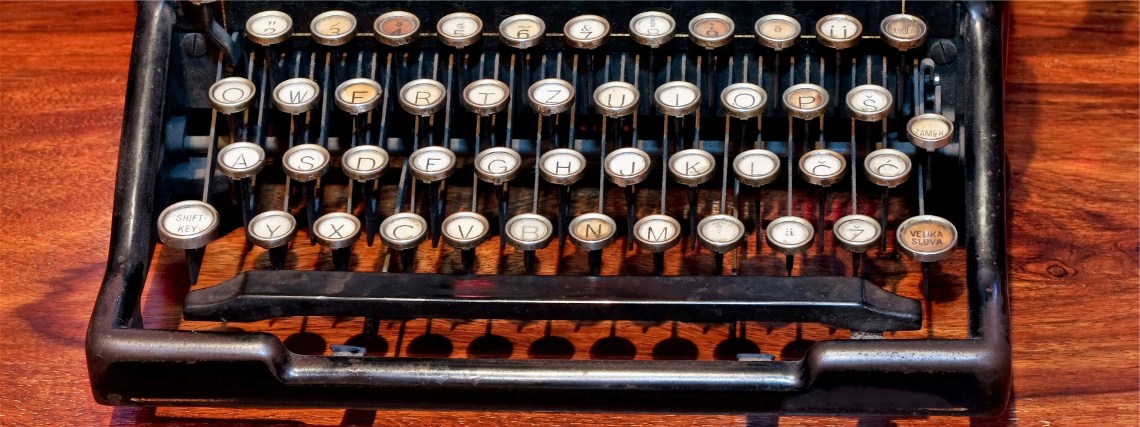 |
||
|
|
My Writing |
|
HistoryLions Gate: The Bridge Free Enterprise Built4. "Bennett's Private Blockade"Originally published at About.com - June 7, 1999 It was expected that the Federal permission would be routinely obtained and an Order-in-Council issued by Easter 1934. But no word came from Ottawa. Acquaintances of Taylor suggested that the company's brief had not been considered because they did not lobby in the House and did not contribute to party funds. This was out of the question to Taylor and he rehired Sir Alexander Gibbs to prepare a complete report on the desirability of the bridge for the Federal Government. The highly favorable report was tabled in May. That summer Taylor organized a tour of Canada for prominent British industrialists who had invested or were interested in investing in the bridge and real estate projects. As a result of this successful tour, financing was assured. The Gibbs report, meanwhile, had been discovered by the press and the government appointed a Special Committee to look at the proposal. With financing assured and the bridge appearing to be more and more a reality, Vancouver City Council, under media and public pressure, sent the City Solicitor to Ottawa to appear before the Special Committee to argue in favour of the bridge. The effects of the depression were still being felt and the bridge project offered employment for many. In August 1934, the Special Committee issued its report, completely in favour of the bridge. Shortly thereafter, Prime Minister R.B. Bennett advised the bridge promoters that the span must be 1800 feet! The Vancouver Sun called it "Bennett's Private Blockade". Taylor was dumbfounded and wrote Ottawa suggesting that if the government insisted on an 1800 foot span, perhaps the government would pay the extra cost. His company would not do so on its own. The extra expense was totally unwarranted. Taylor requested an interview with Bennett as soon as possible. When the interview was held, Taylor pointed out that all the government's technical advisors agreed with the company's data and approved the dimensions. Hugh Stewart, Minister of Public Works and present at the meeting, had to concede this was so. Sir Alexander Gibbs, the noted bridge authority, had agreed that the company's specifications were more than adequate. Bennett scoffed, suggesting that "experts work for those who pay them". Taylor pointed out that Gibbs had worked for the Federal Government several times and was eminently impartial. "This may be so," replied Bennett pompously, "but all I want, Mr. Taylor, is a bridge adequate for all time, adequate for the unborn children of Canada, whose custodian I am". 3 Exasperated, Taylor bluntly asked if the Canadian Pacific Railway had talked to him about the matter. Bennett declined comment. Bennett then suggested that Lloyd's of London was apprehensive about the bridge. Taylor replied that the company had checked out this rumour. Lloyd's Vancouver agent had privately attacked the bridge, but Lloyd's disassociated themselves from the matter entirely. Next Bennett dragged up the name of a shady businessman he disliked and with whom Taylor's partner W.S. Eyre had had minor dealings in 1930 and 1932. Soon the interview was into its second hour and the frustrated Taylor asked, "To what tribunal may we apply for permission to build this bridge, sir?" The Prime Minister leaned over the desk and thundered, "Richard B. Bennett!" "I am here, sir," replied Taylor. Bennett terminated the interview and Taylor later returned to his hotel to confer with John Anderson. There was nothing to do, they decided, but wait for the next election, which seemed imminent. Continue to next section - Endgame Prologue | Opening Moves | The Vancouver Plebiscite "Bennett's Private Blockade" | Endgame | Epilogue | Footnotes
|
|
|
|
|
||
|
Contents copyright ©
Marco den Ouden All Rights reserved |
||
|
|
||













